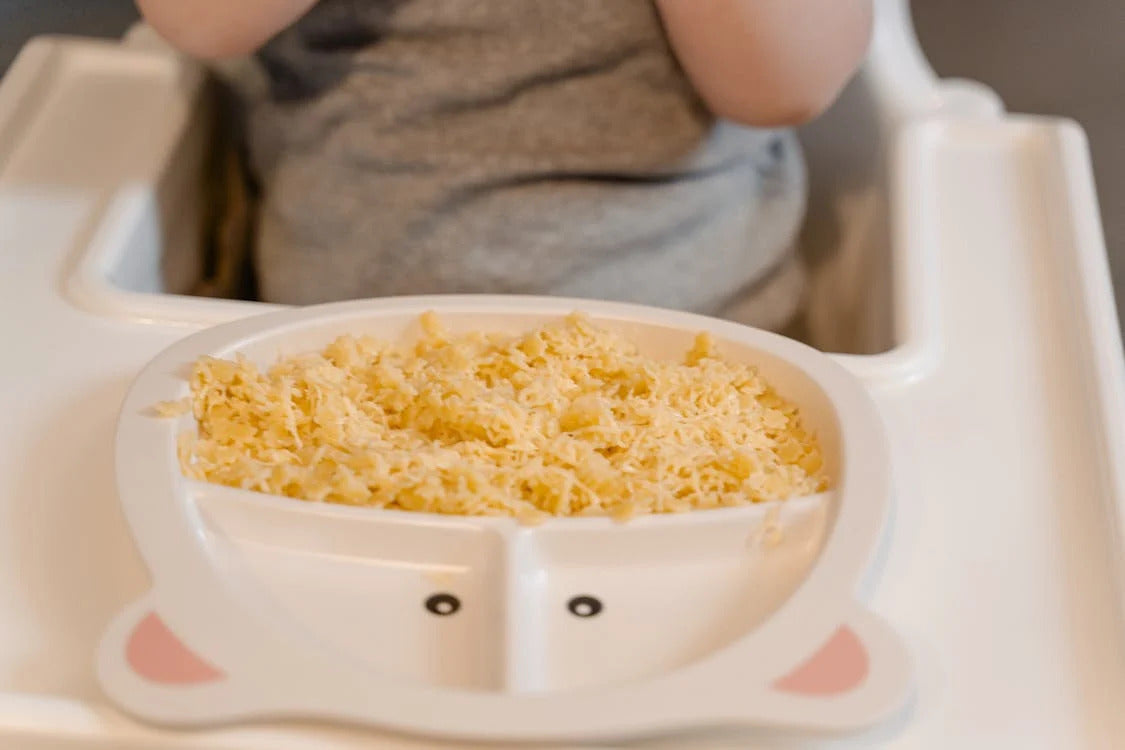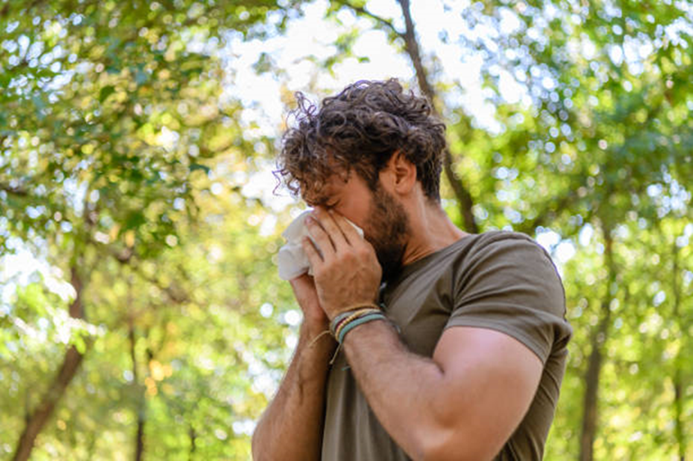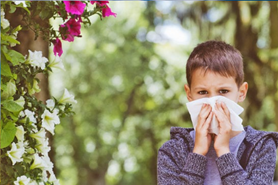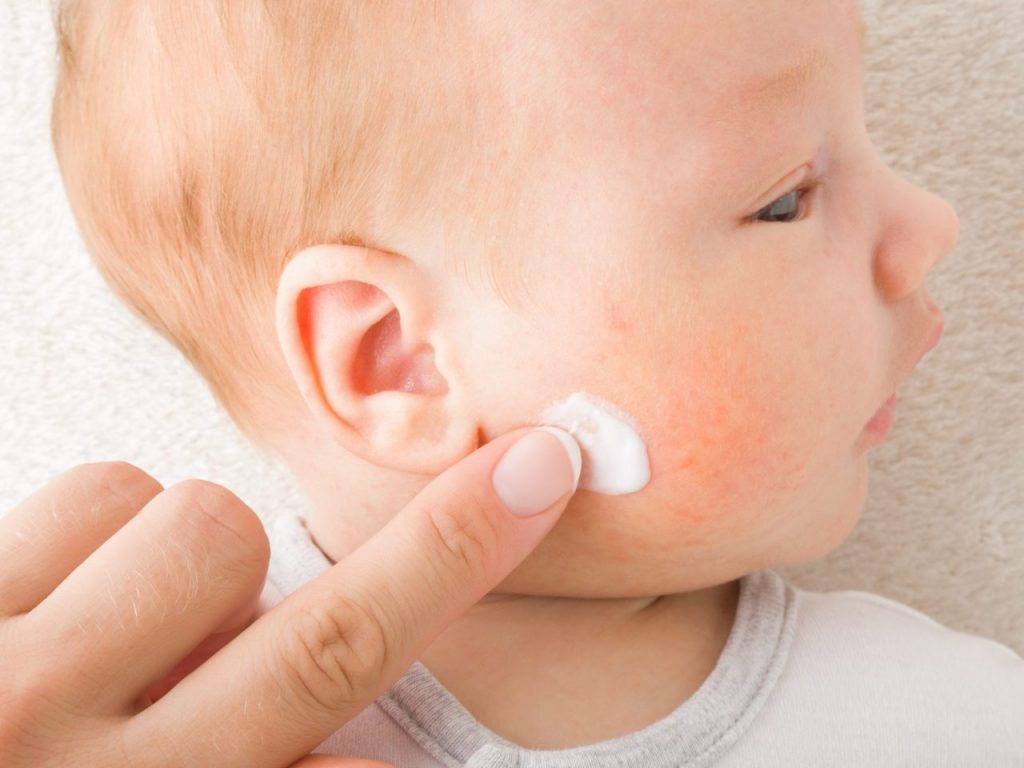Blog

jozien boersma
Pasen & je baby’s eerste ei! 🥚🐣

jozien boersma
Welke vitamines zijn essentieel voor je baby? 💛

Giulia Navarra
Allergy or intolerance? Let's clarify!

jozien boersma
Double airway challenge: hay fever and asthma

jozien boersma
Overcome by hay fever: taking on the pollen calendar

Selma Kieft








